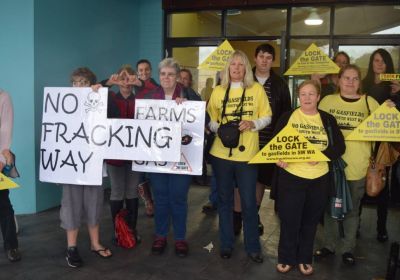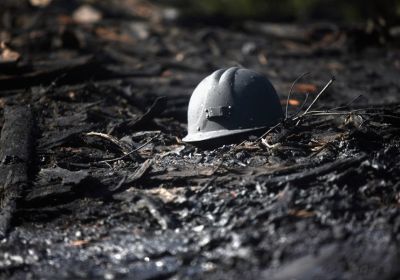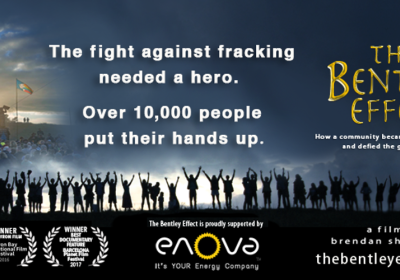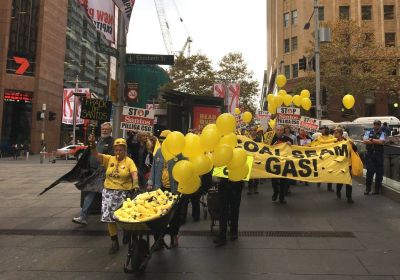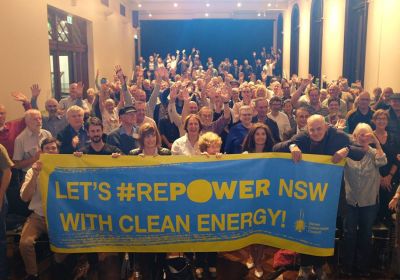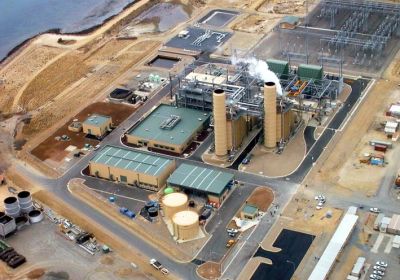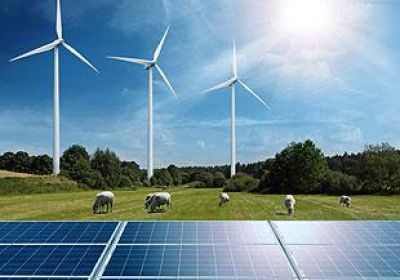-
-
-
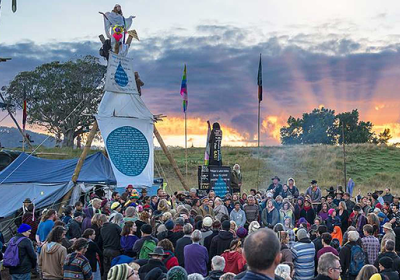
It is rare to see such a powerful film as Brendan Shoebridge’s The Bentley Effect, which focuses on the successful struggle by Northern Rivers communities to save their land and water from the coal seam gas juggernaut at Bentley, near Lismore, in New South Wales.
The power of community is often talked about, but this film shows how it actually happened, in a powerful tale of political awakening among several generations.
-
-
-
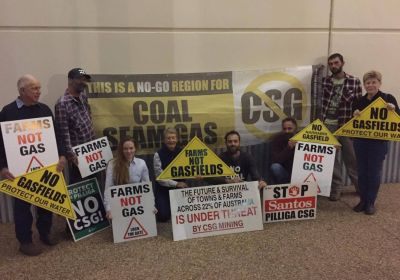
When the Nationals visited Narrabri on May 12 for dinner and talks, many in the community lined the entrance to voice their opposition to coal seam gas (CSG). NSW Nationals leader John Barilaro did not receive the welcome he expected.
"Hopefully he takes the message into the event that the electorate does not want this industry to take hold," said Narrabri farmer Stuart Murray.
-
-
-

Snam Rete Gas, a leading Italian company in the transporting and dispatching of natural gases, announced in 2004 a planned pipeline extending from Massafra (Puglia) to Minerbio (Emilia-Romagna).
Named “The Adriatic Line” (in Italian: “Rete Adriatica”), it aims to export natural gases (methane, in this case) to Northern Europe.
-
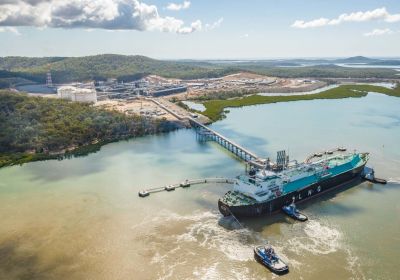
According to the Australian Energy Market Operator (AEMO), electricity supply will be threatened as early as next year by “shortfalls in gas”, or failing that, households may face cuts to their gas supply.
-
-
Gas
Gas
